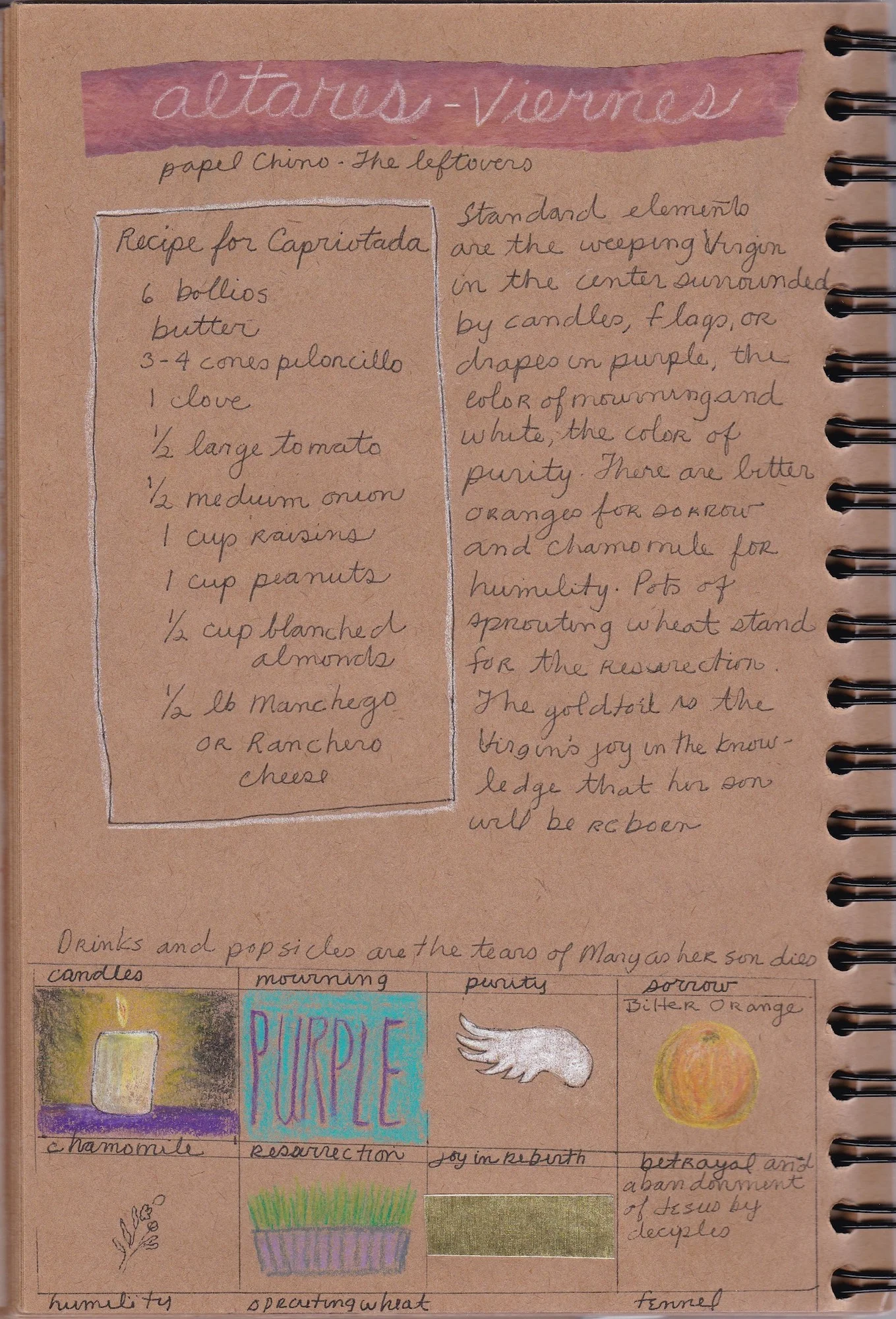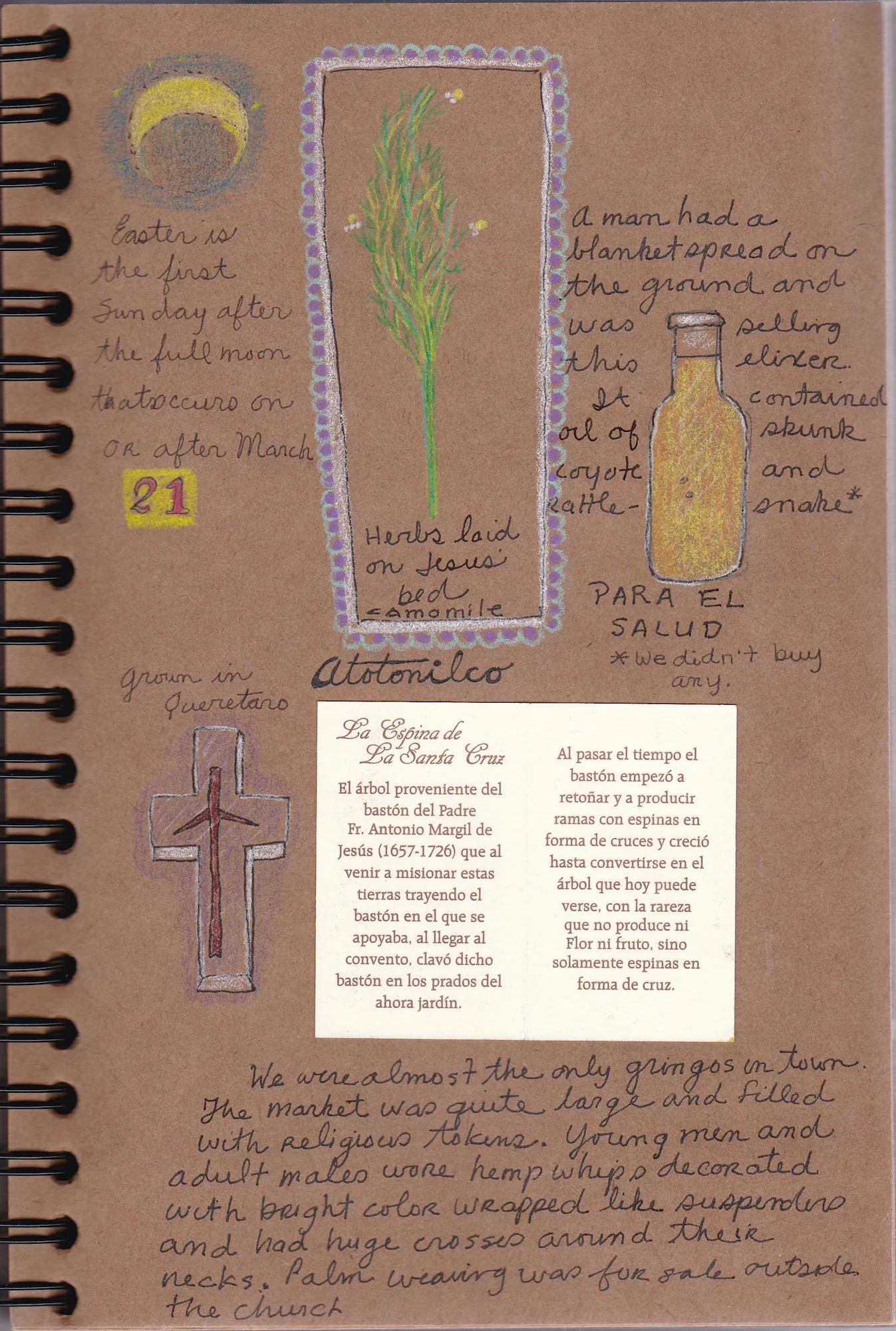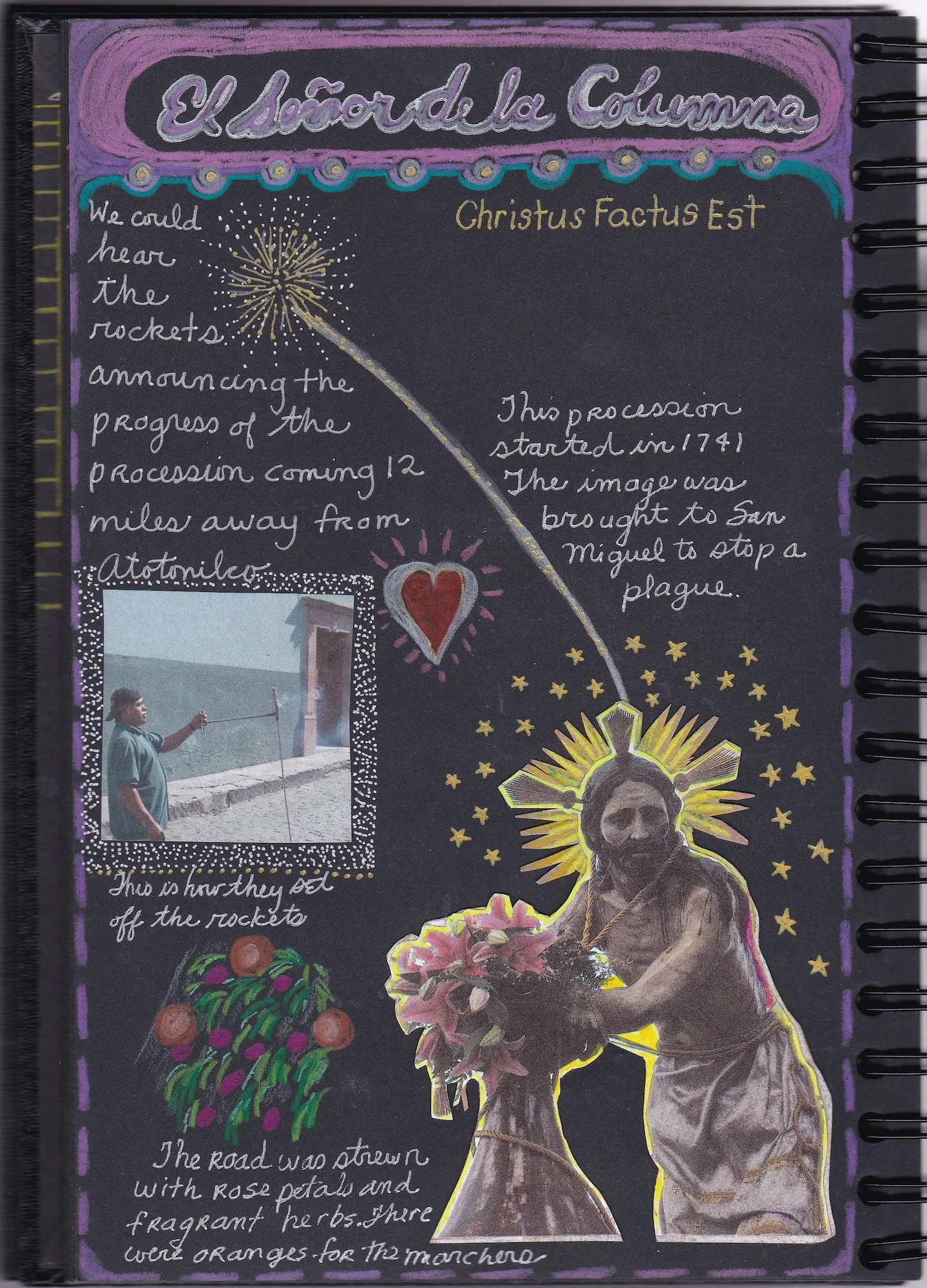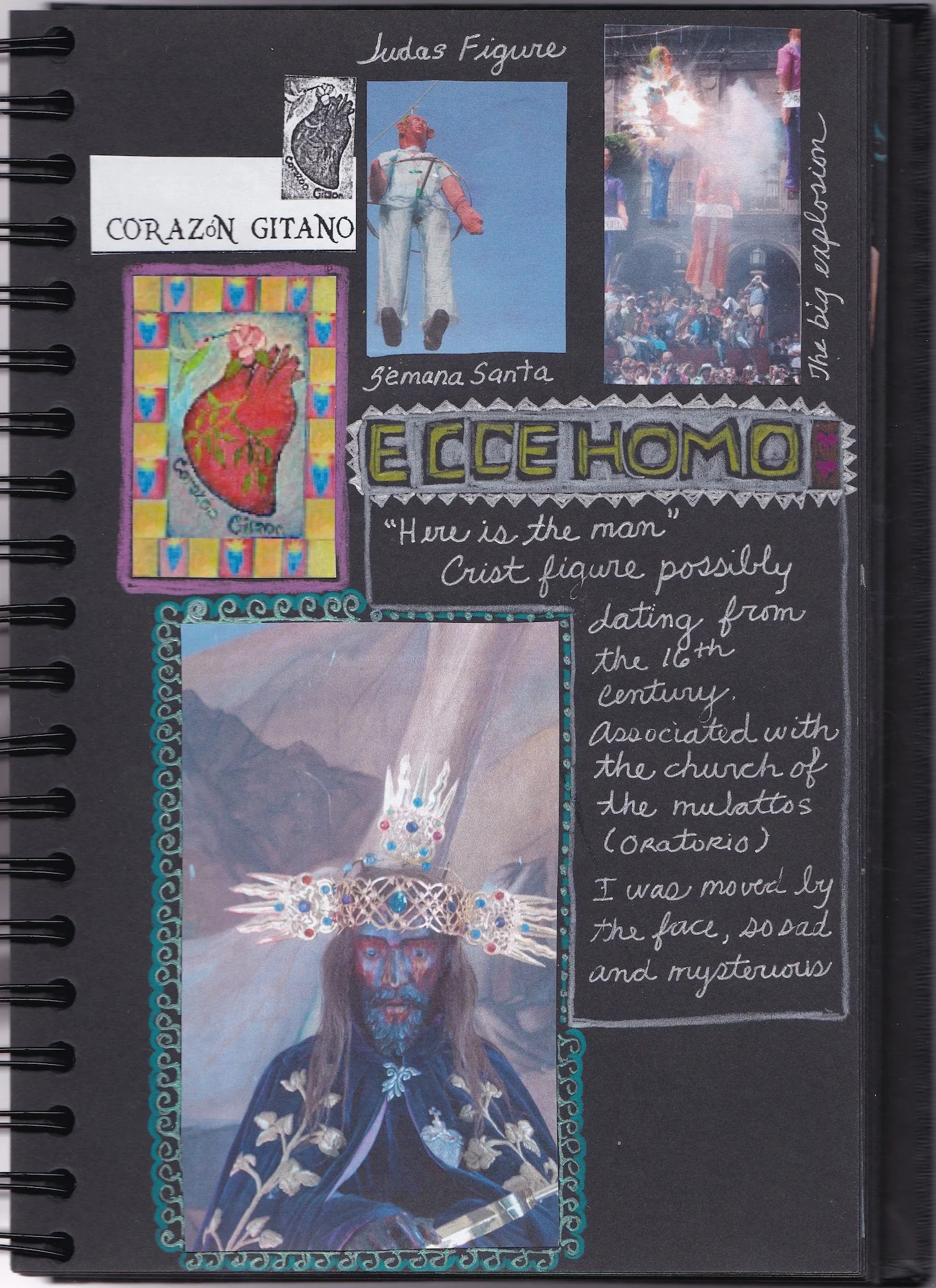4. A Jar Full Of Scorpions

A Jar Full of Scorpions
As I have traveled through Mexico over the years, I have found that faith is expressed in diverse ways among her people. Although Catholicism, the dominant religion, came with the Spaniards, the people have put their own twist on the practice of that religion. I have visited homes on Day of the Dead, an indigenous-Catholic hybrid of All Soul’s Day, and have seen the piles of marigold, the Aztec flower of the dead, piled around an image of Mary. I have heard the story of the dark-skinned, Nahuatl-speaking Virgin of Guadalupe, a uniquely Mexican incarnation of the Virgin, and have seen her image on everything from t-shirts to gearshift knobs. On a recent visit to southern Mexico, I also discovered that faith can sometimes show up in a jar full of scorpions.
The most important religious shrine in the city of Oaxaca is the Basílica de La Virgen de la Soledad, The Virgin of Solitude. As the patron saint of both the city and the state of Oaxaca, The Virgin has been venerated for centuries and is revered for her miraculous power to heal. She is also known as the guardian of sailors, and the faithful have made pilgrimages over the mountains from the coast to offer their thanks or ask for her help.
A legend surrounds her first appearance. In 1620, a wandering burro mysteriously joined the mule train of an Indian leaving the city of Oaxaca for Guatemala. Later, when the mule collapsed and died, the driver found a jewel-encrusted statue of The Virgin in its saddlebags. That idol, clothed in black velvet with a lace wimple at her throat, now looks down on the worshipers from the altar of the green stone baroque church built on the spot where the mule died. Her original gold crown, adorned with a huge pearl and hundreds of diamonds, was stolen, but the faithful more often come to give than to take.
The myriad objects that have been left at the feet of The Virgin as tokens of faith are housed in a small museum built in 1951. This collection is the destination of my personal pilgrimage whenever I travel to Oaxaca. My tribute on entering is two pesos, about twenty cents. The Mexican woman hands me a ticket and raises a bar to let me into the main L-shaped room. Looking like a cross between a garage sale and a souvenir shop, every counter is covered and the walls are hung to the ceiling with objects. A woman wearing a white apron circulates with a feather duster, flapping at the dust that continues to filter in from the courtyard. My eyes tell me it is a losing battle.
There is no particular organizational scheme, so I wander randomly, entering a side room lined with glass cases. As I peer down through the glass and scan the walls, some items tell me their stories. The most graphic are the retablos. Roughly the size and shape of a license plate, these are paintings on metal that depict the miracles performed by The Virgin. A dark-haired woman in a long blue dress falls off a horse and is swept into a river. Doctors and nurses in white surround a patient on the operating table. “I give my thanks to the Sra. Virgen de la Soledad. I was healed after an operation in 1917,” says the hand-lettered inscription. A young boy in a white shirt and blue pants, looking very flat, lies spread-eagle under the wheels of an ox cart. In most of these painting, The Virgin, wearing a triangular black robe with golden crown on her head, is surrounded by clouds as she hovers above the scene. The paintings are often crude and child-like but the faith of the artist is evident.
I am reminded of The Virgin’s connection with mariners as I pause in front of a large painting of a shipwreck. A schooner, surrounded by curling blue waves, is foundering, her decks awash and her cargo spilled. People cling to the mast or are tossed upon the waves. They clutch pieces of cargo that bob in the sea. A beach is visible in the distance and some of the miraculously saved stagger up onto land or lie prone on the yellow sand. The Virgin hovers in her cloud above the green hills beyond, looking down on another job well done.
I pass glass cases filled with silk embroideries, tapestries, a pair of wedding rings with a note attached, money of all denominations and from many distant lands, finely-crafted ships’ models, rosary beads, peacock feathers, things of beauty and value. I pause by a set of hand-forged miniature tools in their black cloth pouches and a pair of tiny leather huarache sandals.
Many objects leave me guessing. Could their purpose here reflect some indigenous symbolism? A crystal globe encloses a snowman and evergreen trees. In sunny Oaxaca, perhaps it seems a miracle to shake the globe and see the snow fly in the liquid scene within. A dust-covered mallard duck with glass eyes sits on a shelf next to a ratty-looking wild margay cat. Raptors clutch wooden perches, flying nowhere. I pass a gallon jar filled with shrimp. Thanks for a good sea harvest? A dust-covered light bulb sits on a shelf next to a floridly painted pre-Hispanic mask. Electricity must be a miracle to someone living in a dark hut.
Scorpions. The pale yellow bodies lie at the bottom of a quart jar filled with a yellowish liquid. Curling tails that hold the deadly sting aloft still arc above their backs. As is the case with many of the artifacts, there is no date, no label. In my mind, I see a small child playing on the sandy floor of a beach house with a thatched palapa roof. He grasps for a toy and feels the sting of the small but deadly scorpion. For days, the family prays to The Virgin to save the life of the struggling child. He recovers. The grateful parents carry the laboriously collected stash over the mountains to the Basilica. Faith in a jar, a humble gift, and another miracle.
- 2001
* * *
Gallery
To scroll through images click on arrows or thumbnails…
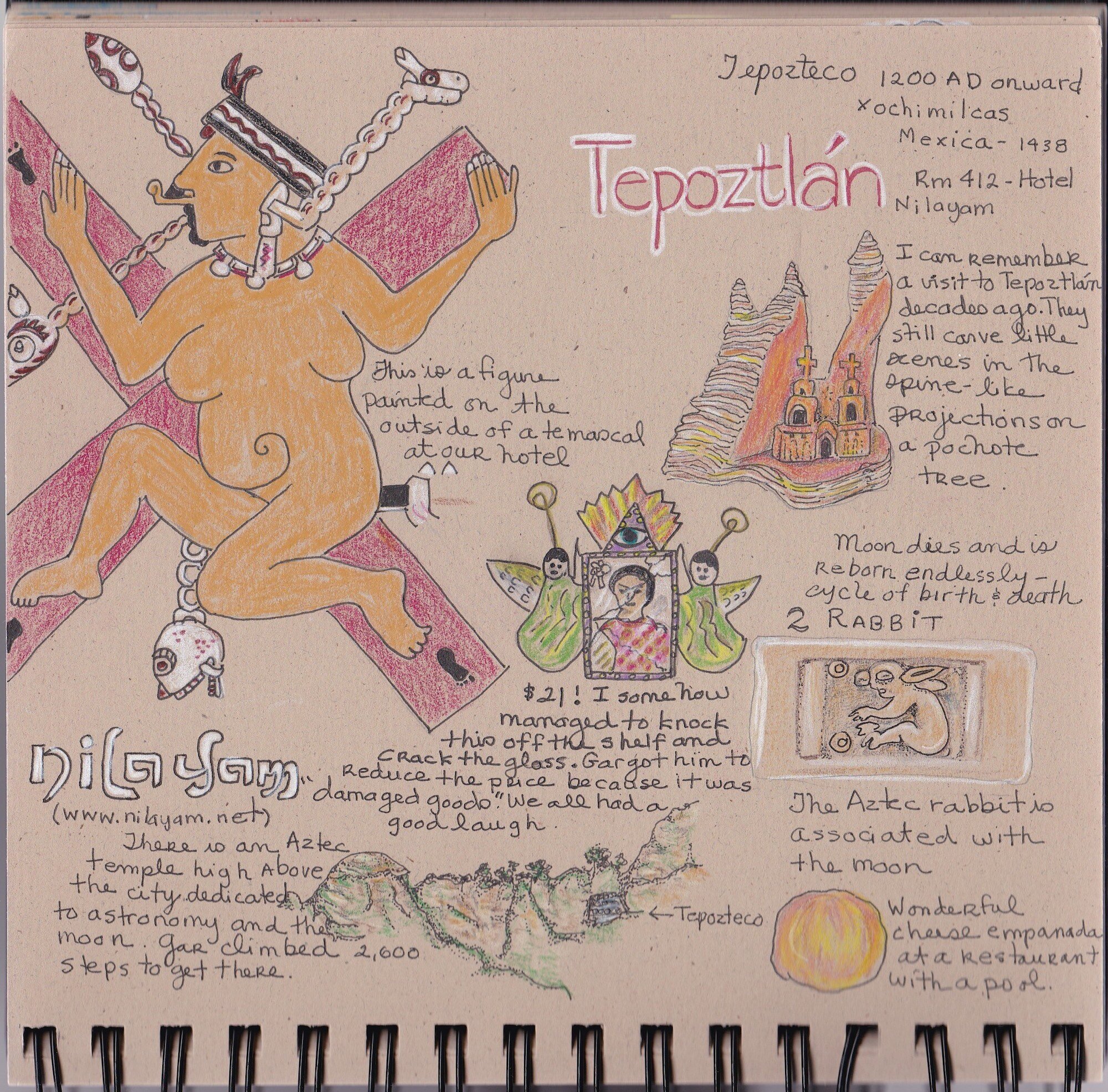
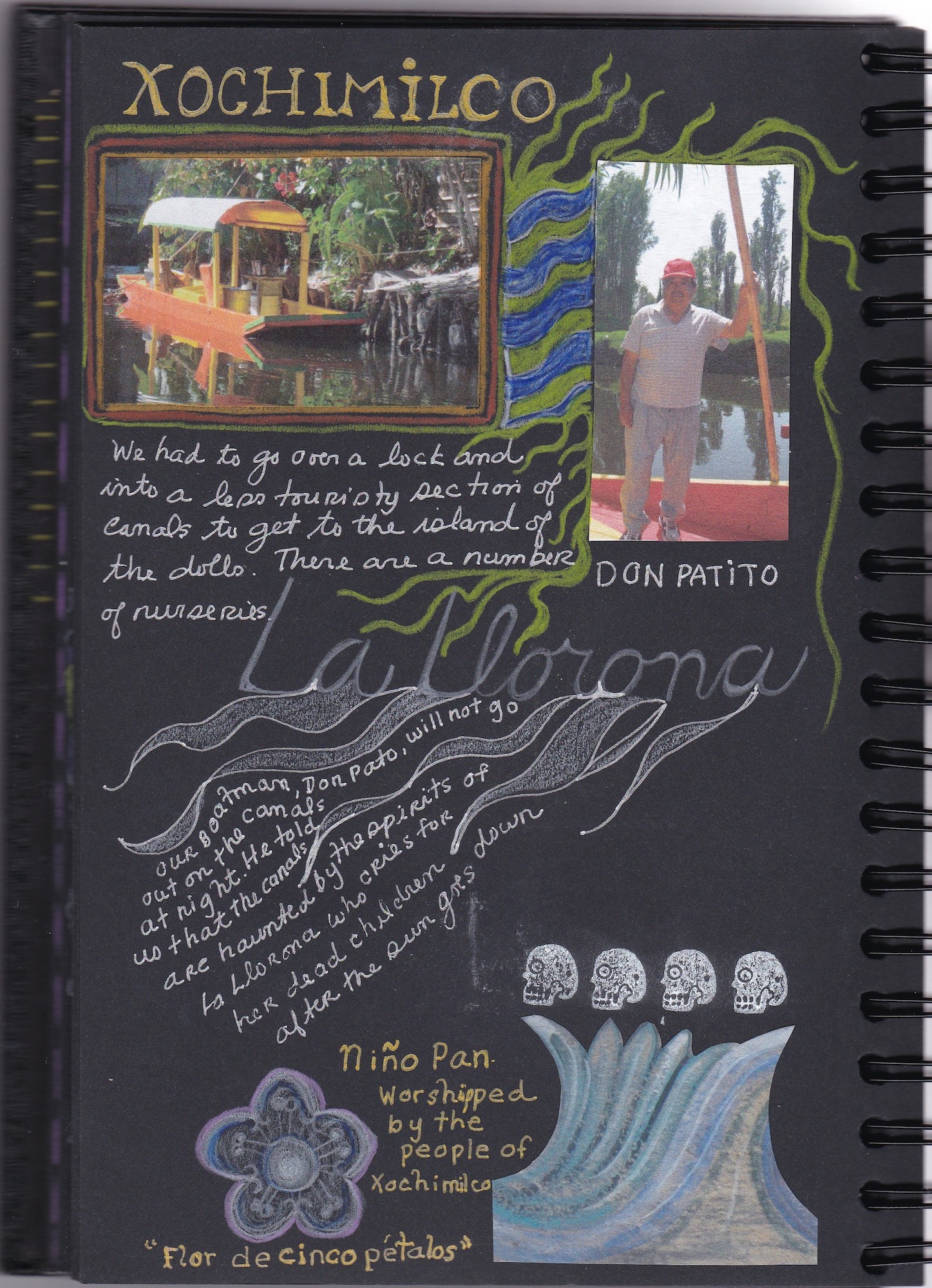

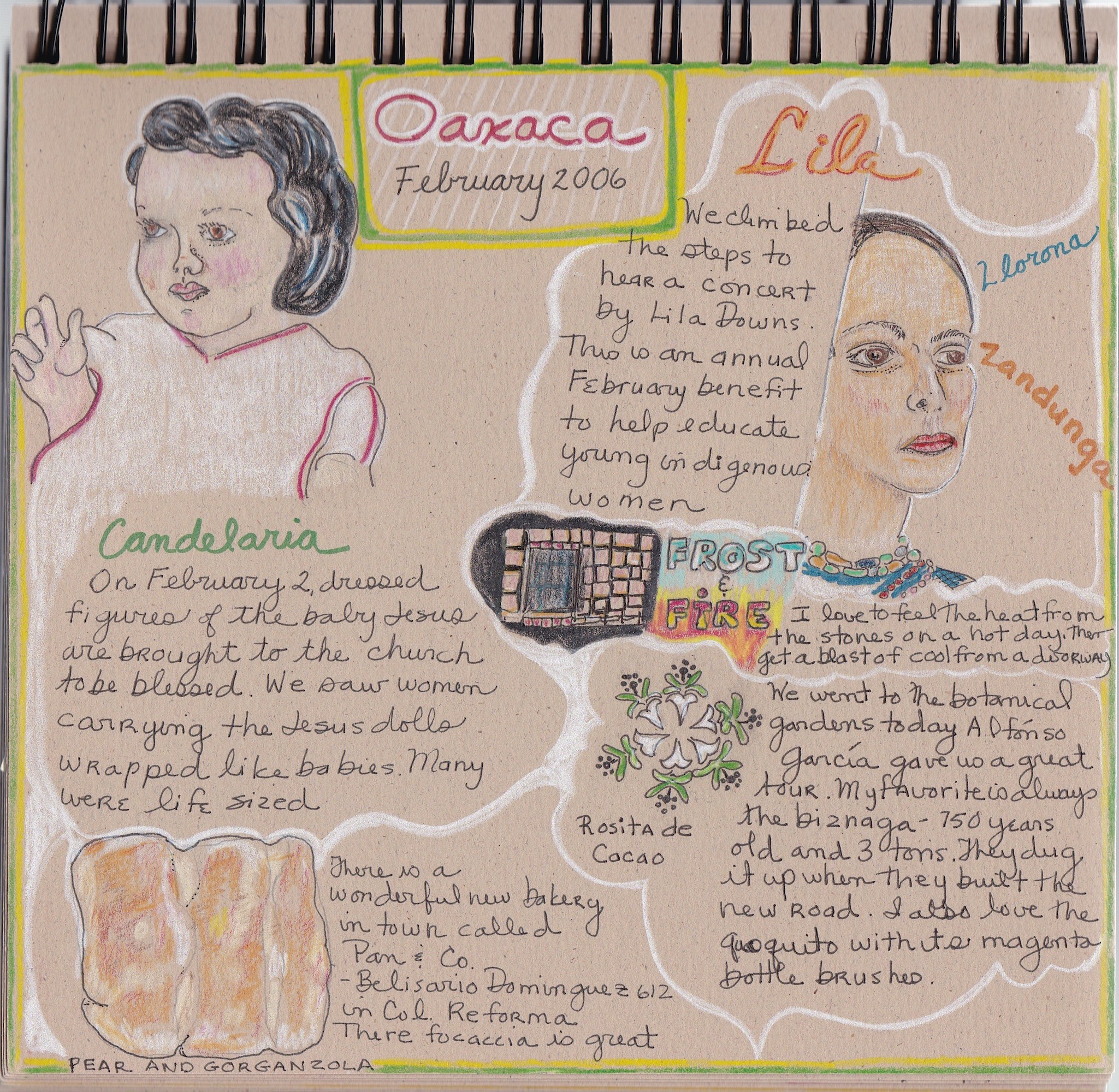
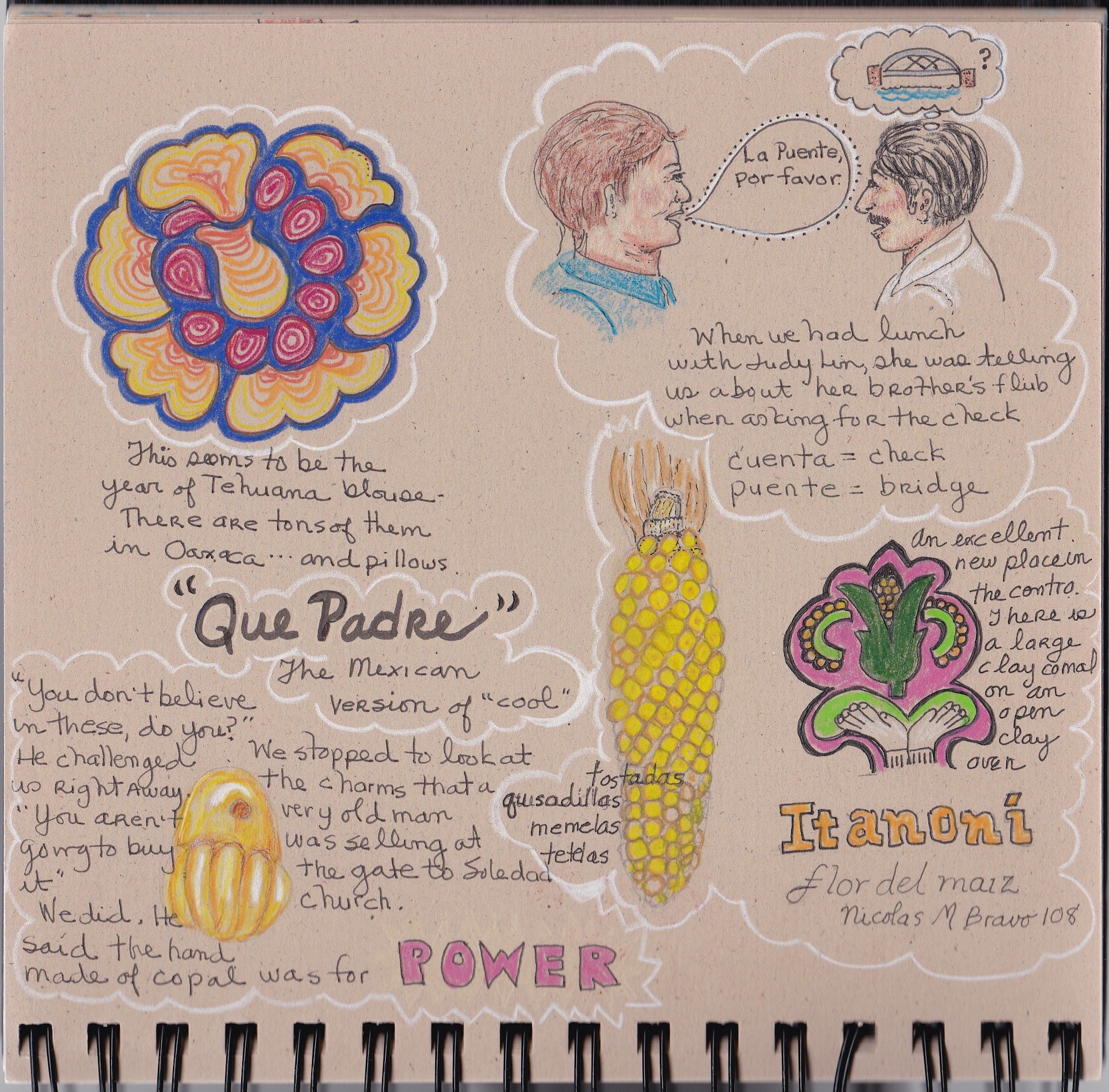
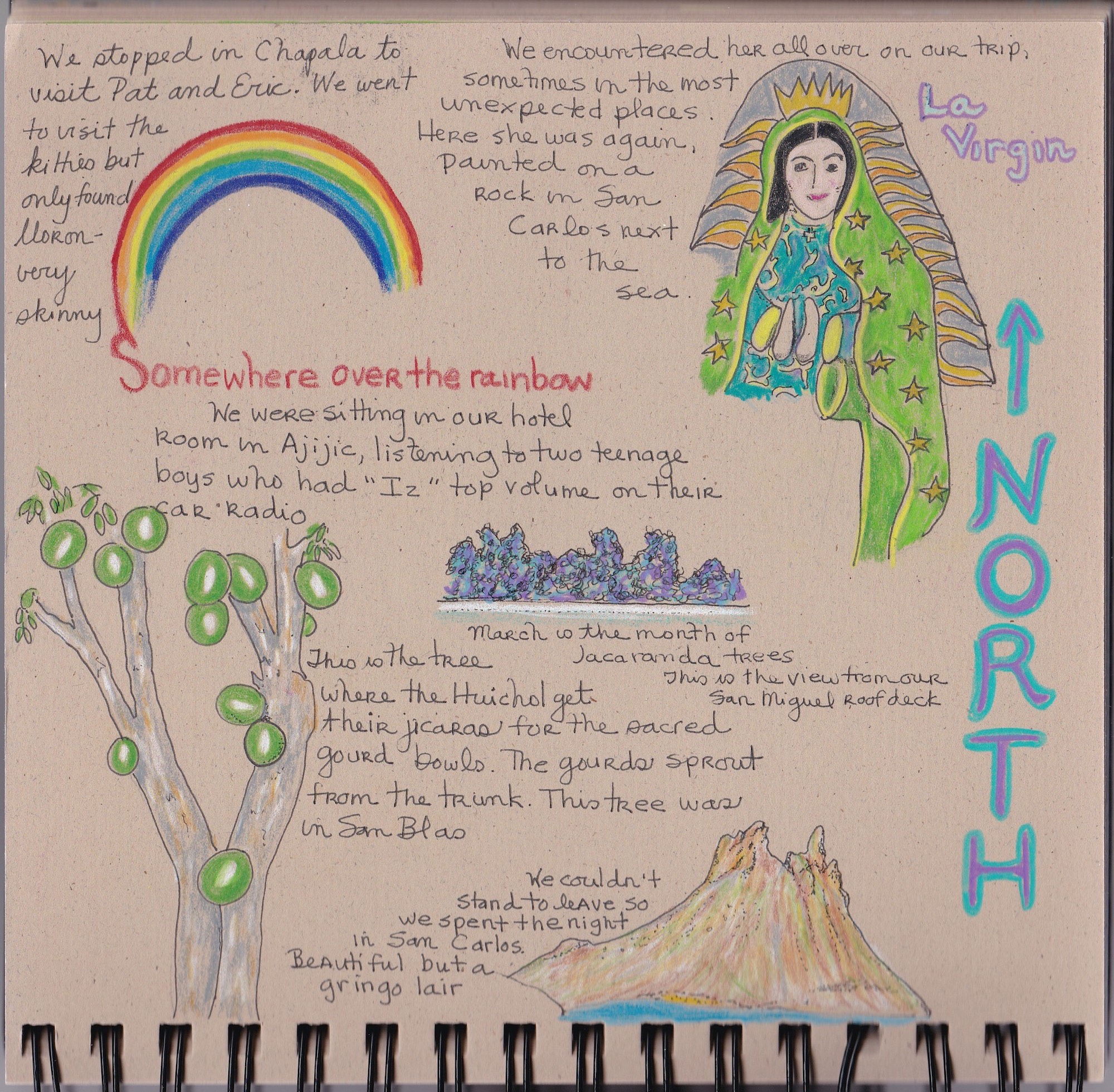
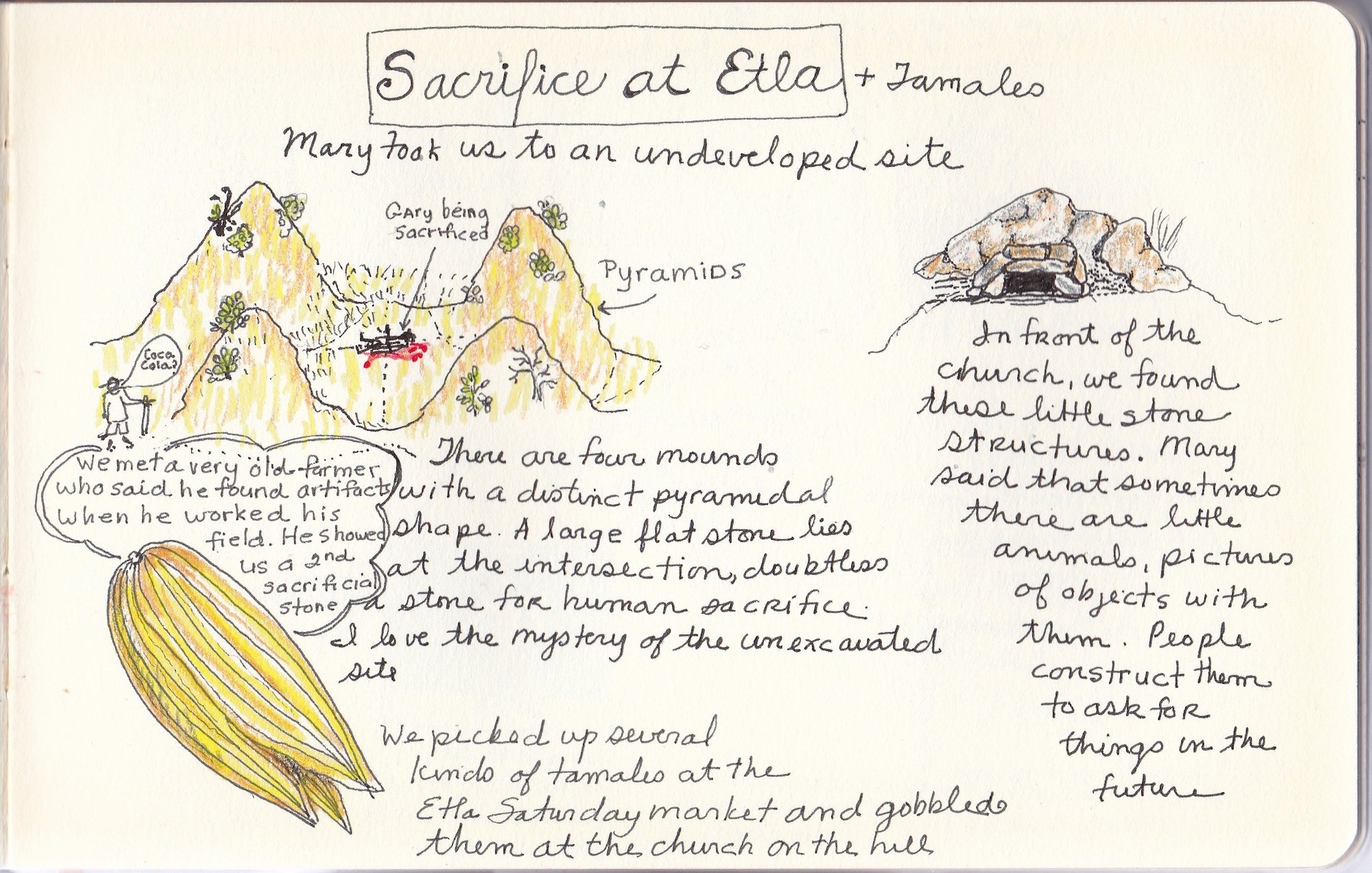
All Content Copyright ©2020 Linda Oman | All Rights Reserved


